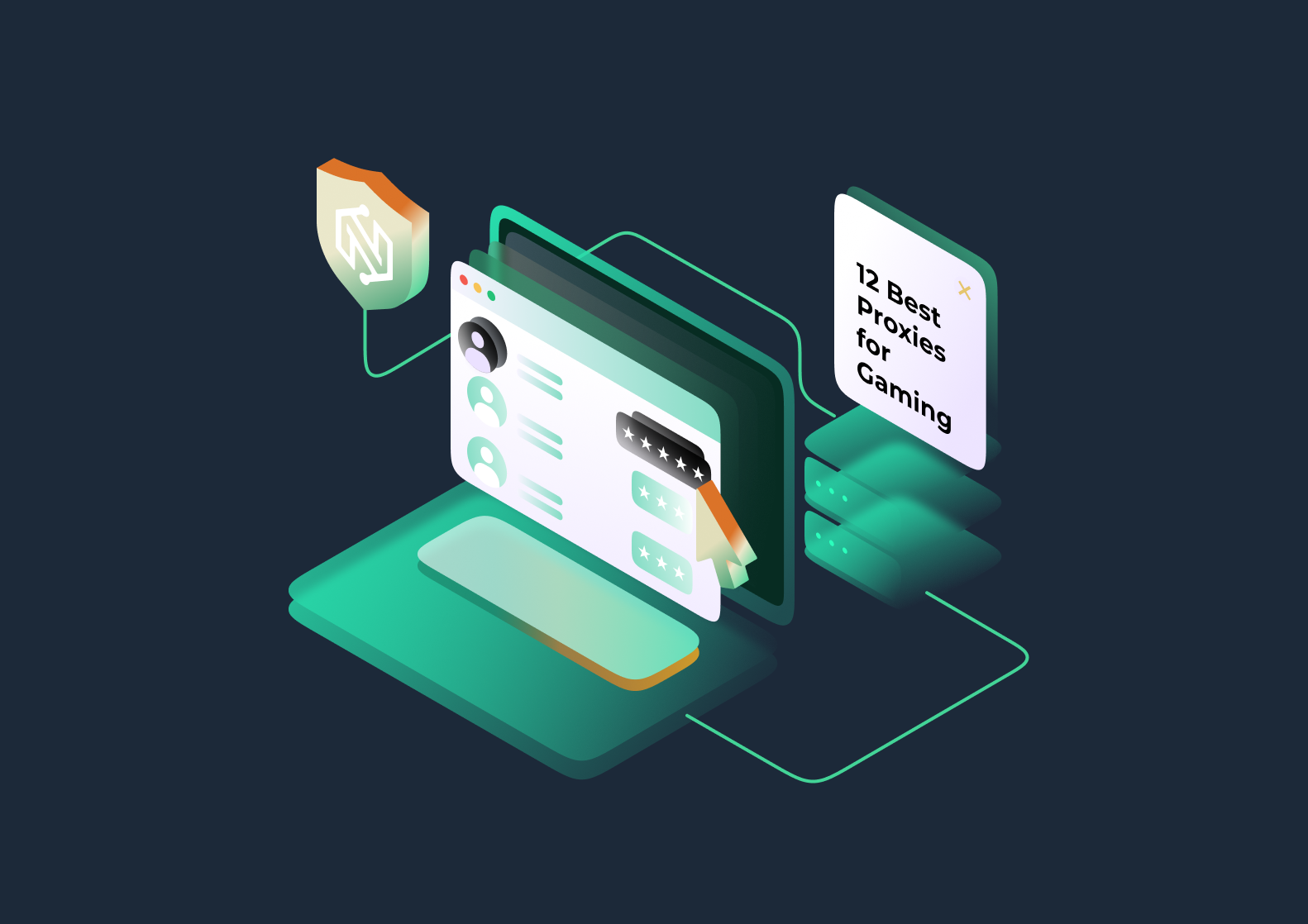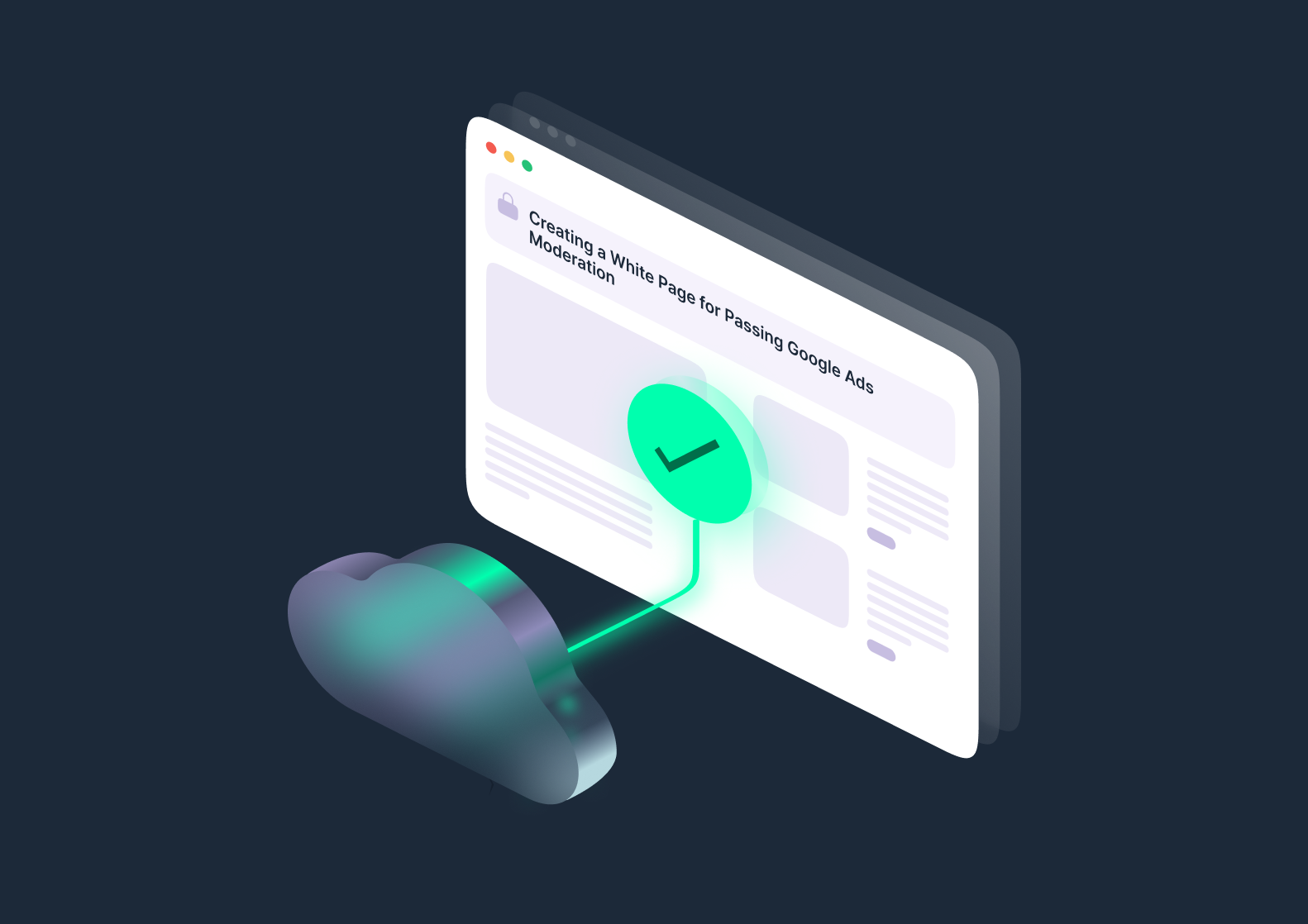If you’ve ever needed to switch proxies quickly in your browser, maybe for managing multiple accounts, scraping with stealth, or bypassing annoying geo-blocks, Proxy Helper might be the low-key weapon you didn’t know you needed.
Think of it like the Swiss army knife for browser-based proxy setup: easy to use, lightweight, and surprisingly powerful when paired with high-quality proxies.
Let’s dive into what Proxy Helper actually is, how to set it up, and how to get the most juice out of it, without losing your mind or your connection.
What Is Proxy Helper?
Proxy Helper is a free browser extension (mostly used on Chrome) that lets you manage and route your browser traffic through HTTP, HTTPS, or SOCKS5 proxies, without fiddling with OS-level settings.
It’s a go-to tool for marketers, automation specialists, and anyone who wants to avoid browser-level detection.
Unlike system-level configurations or clunky proxy managers, Proxy Helper lives inside your browser and can be toggled in seconds. It’s like having your own backstage pass to switch IPs and locations directly from the browser tab.
Why Use Proxy Helper Instead of Manual Proxy Setup?
Manual proxy setup through Chrome’s internal settings or OS-level configuration is tedious and not exactly user-friendly. Proxy helper, on the other hand, gives you a clean UI where you can:
- Toggle proxies on/off with a click
- Set different proxies for specific URLs
- Import bulk proxy lists for rotating or multi-profile setups
- Avoid full system-wide proxy changes that can mess up other apps
If you’re managing LinkedIn outreach, scraping Google Maps, or running stealth eCommerce account logins, this is a game-changer.
Limitations You Should Know
Despite its utility, Helper isn’t perfect. Here are a few limitations to keep in mind:
- It’s browser-only, meaning apps like Telegram, bots, or Chrome-based anti-detect browsers won’t use the proxy.
- You still need quality proxies (more on that later, cos free ones are risky business).
- Some firewall or VPN setups can conflict with it.
- DNS leaks might happen unless your proxy handles DNS resolution.
Still, for a free browser extension, it punches well above its weight.
How to Install Proxy Helper: Step-by-Step Guide
Getting Proxy Helper installed is straightforward, but there are a few gotchas you’ll want to avoid. Here’s your simple guide on how to get it installed in Chrome:
- Search for “Proxy Helper” in Chrome Web Store.
- Choose the first option with a blue icon
- Click “Add to Chrome.”
- Confirm by selecting “Add Extension.”
- Once installed, pin it in your extension tray for quick access.
Supported Browsers (Chrome, Edge, Brave, Opera)
Helper is designed for Chrome, but it works perfectly with any Chromium-based browser:
- Google Chrome – fully supported
- Microsoft Edge – works smoothly
- Brave – solid compatibility
- Opera – just enable Chrome extensions support
Firefox users… sorry, this one’s not for you. Proxy Helper doesn’t support non-Chromium browsers.
Permissions You’ll Be Asked For (And Why They Matter)
It’ll ask for permissions like:
- “Read and change all your data on websites you visit”: needed to inject proxy config into requests
- “Manage your apps, extensions, and themes”: for toggling proxies on/off efficiently
These are standard for any proxy extension. Still, always verify the developer and reviews before granting access.
How to Set Up Proxy Helper in Google Chrome
Once installed, configuring it takes less than five minutes:
- Click the Proxy Helper icon.
- Open “Settings.”
- Choose between:
- Global Proxy Mode – routes all browser traffic through one proxy.
- Rule List Mode – applies different proxies for different domains (great for multi-account ops).
- Enter your proxy details: IP, Port, and optionally, username/password.
- Click “Save” and “Enable.”
Visit a site like https://whatismyipaddress.com to confirm it’s working.
Proxy Helper’s flexibility really shines when you use Rule List Mode, which allows granular control by domain. Want to route only Facebook traffic through a mobile IP? Easy.
How to Add a Proxy in Proxy Helper
Proxy Helper supports the main formats used by proxy providers:
ip:port(for open proxies)user:pass@ip:port(for authenticated proxies)- SOCKS5, HTTP, HTTPS protocols all supported
Adding SOCKS5, HTTP, and HTTPS Proxies
Here’s how to add proxies manually:
- Click the Proxy Helper icon and open “Settings.”
- Select Global Mode or Rule List.
- Input the proxy using the correct format. For example:
- HTTP:
http://username:password@ip:port - SOCKS5:
socks5://username:password@ip:port
- HTTP:
- Save the settings and toggle the extension ON.
Make sure to test the connection immediately. If it doesn’t work, you may need to check your credentials or rotate the IP.
Importing Bulk Proxy Lists for Automation
Managing multiple accounts? Here’s how to import proxies in bulk:
- Go to “Rule List.”
- Paste your proxies using this format:
example.com,http://username:password@ip:port
- Save the rule set.
You can even assign different proxies to different websites. Super useful for running simultaneous logins on platforms like Instagram, TikTok, or Gmail.
Common Proxy Helper Issues and How to Fix Them
Proxy Helper is reliable, but like any tech, it can run into hiccups. Here’s how to fix the most common issues.
Proxy Won’t Connect or Says “No Internet”
- Confirm that your proxy IP and port are active.
- Switch to another IP if the one you’re using is banned or dead.
- Make sure the provider supports browser traffic (some mobile proxies don’t).
Authentication Box Not Showing Up
If you’re not seeing the login prompt:
- Use the full proxy string:
username:password@ip:port - Avoid relying on browser popups. Proxy Helper reads inline credentials better.
Fixing DNS Cache or Chrome Conflicts
Sometimes, DNS cache causes failed lookups:
- Visit
chrome://net-internals/#dns - Click “Clear host cache”
- Restart the browser
This typically fixes stubborn issues with domain resolution.
Conflict with Other Extensions or VPN Tools
- Disable other proxy extensions like SwitchyOmega or VPN tools.
- Restart your browser after disabling conflicts.
- Make sure Proxy Helper has override access to Chrome’s proxy settings.
What Proxies Work Best with Proxy Helper?
The extension is just the pipe. You need clean water. So what kind of proxies should you feed it?
Residential vs. Datacenter vs. Mobile
- Residentia Proxies: Most trusted across platforms (Instagram, Gmail, LinkedIn). Looks like real users.
- Mobile proxies: Highest trust scores. Perfect for TikTok, OnlyFans promos, and app scraping.
- Datacenter proxies: Cheap and fast, but often blocked. Good for bulk scraping, not login-heavy sites.
If you’re logging into accounts, go for residential or mobile proxies. If you’re scraping open data, datacenter may suffice.
When to Use SOCKS5
SOCKS5 proxies are ideal when you need:
- Lower-level routing for automation bots
- Compatibility with both TCP and UDP protocols
- Advanced anonymity without packet modification
SOCKS5 is the gold standard for stealth browser behavior. Pair it with an anti-detect browser and you’re almost invisible.
They work great with Proxy Helper and can also support more complex tasks like scraping Google Maps or automating TikTok.
Unlock the best proxy experience with our SOCKS5 proxies →
How to Pick Between Static and Rotating IPs
- Static (or sticky):
- Perfect for logging in and staying logged in
- Avoids IP changes mid-session
- Rotating:
- Great for scraping
- Helps avoid rate limits and detection
Some providers, like NodeMaven, let you choose or switch between them depending on the task.
Tips for Multi-Account or Browser Profile Users
- Use Rule List Mode to assign specific IPs to domains.
- Combine with tools like Multilogin or Incogniton for full isolation.
- Always test your IP before scaling.
- Don’t reuse the same IP across multiple accounts, as platforms are smarter than that.
Why NodeMaven Is the Ideal Match for Proxy Helper
Proxy Helper’s true power comes alive when you plug in top-tier proxies. That’s where NodeMaven stands out.
Here’s why it’s the go-to provider:
- Real residential and mobile proxies, not recycled garbage
- SOCKS5, HTTP, and HTTPS support out of the box
- IP Quality Filter provides clean IPs only
- Super Sticky Sessions up to 24 hours
- Traffic rollover: no wasted bandwidth
- Flexible pricing with pay-as-you-go plans
- City and ISP-level targeting
- Easy compatibility with Chrome extensions, bots, and anti-detect browsers
- Expert support via Slack, Telegram, and Zoom: real humans, not bots
Pair Proxy Helper’s simplicity with NodeMaven’s stability and you’ve got a setup that’s as scalable as it is stealthy.
If you’re ready to turn your browser into a multi-location, undetectable beast, Proxy Helper and NodeMaven is the combo to beat.
Frequently Asked Questions (FAQs)
socks5://username:password@ip:port under the Proxy Helper settings.


